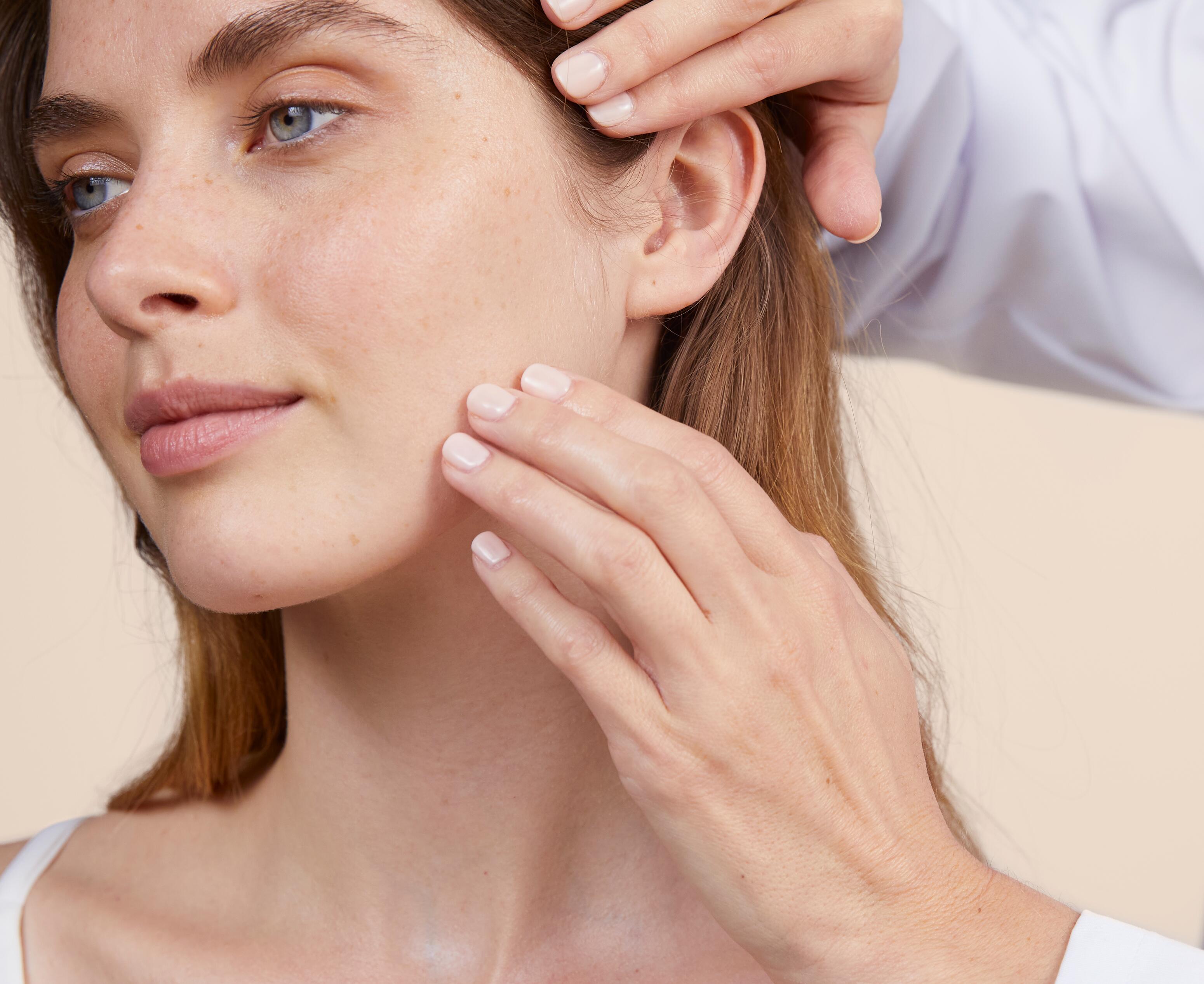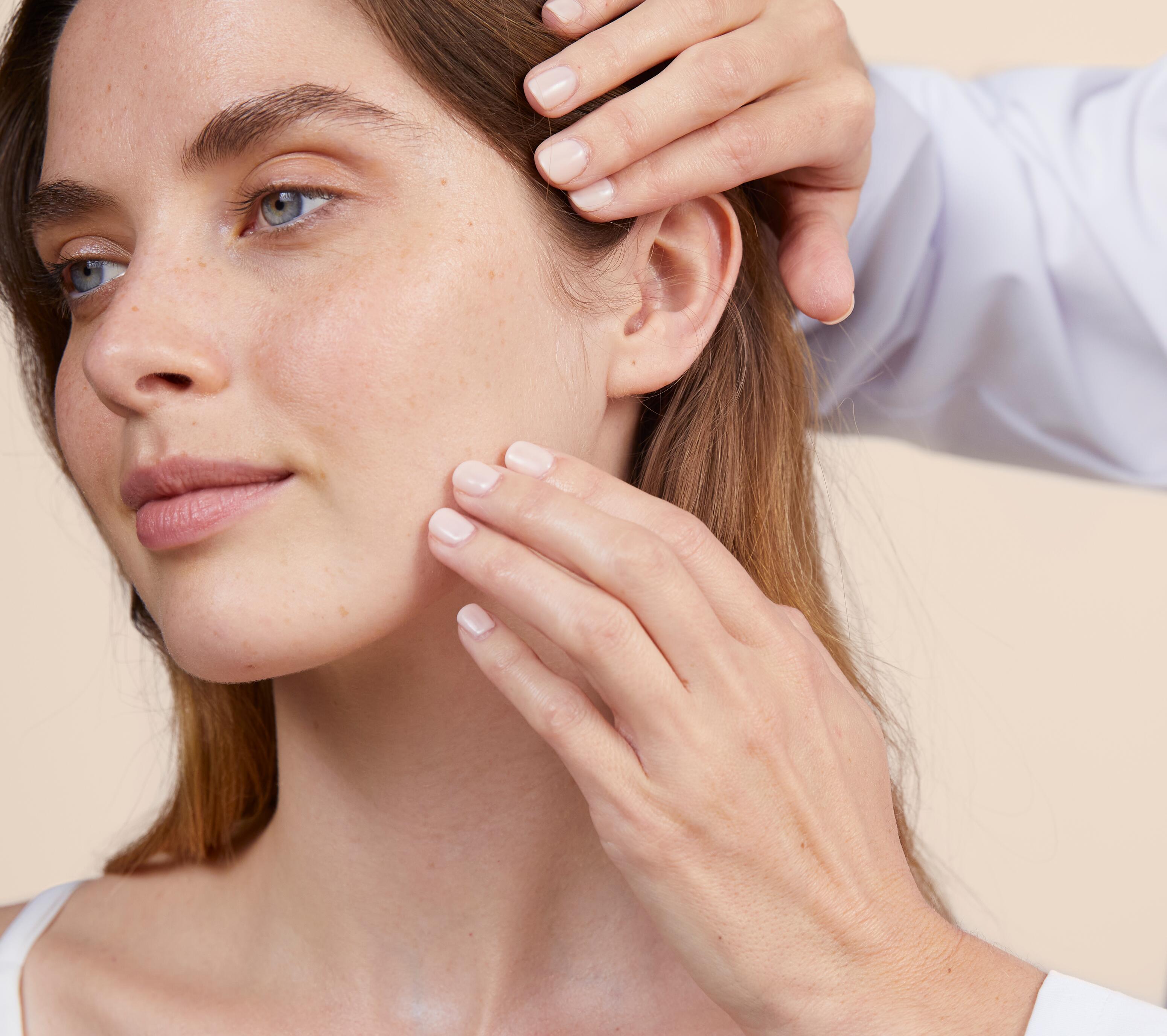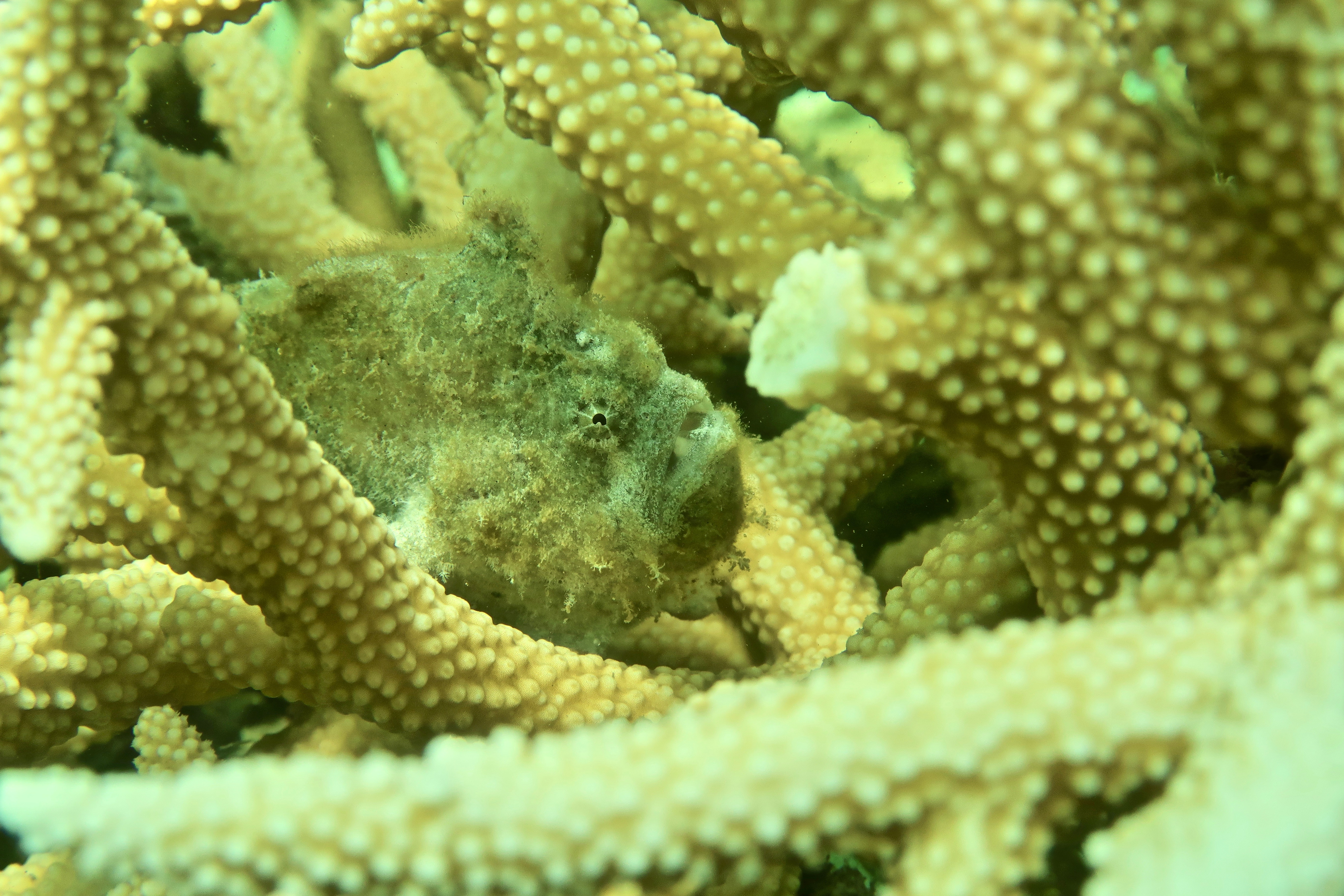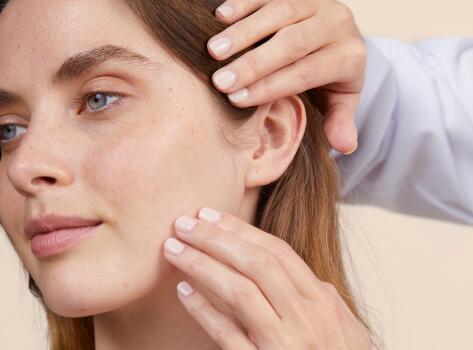PUR Projet & Eau Thermale Avène: reconstructing the coral reef
Interview with Emilia d’Avack, an expert in marine ecosystems at PUR Projet
Several times a year, Emilia d’Avack, expert in marine ecosystems at PUR Projet, heads to Pejarakan, a village in northwestern Bali, to coordinate the PUR Corail programme launched in 2016 and monitor the evolution of the growth of the regenerating coral reef. Feedback from a woman in the field.

How is it possible to regenerate coral and rebuild a coral reef?
We selected a state-of-the-art technique, known as Biorock. It requires a 3D electrified metal structure that is immersed. When it comes into contact with water, the weak current causes a chemical reaction and creates a material, similar to the skeleton of the coral, that attaches to the metal. It is then up to us to come and graft fragments of coral that are still alive. It’s very effective, but expensive. So we are experimenting with two other methods: another metal structure that we cover ourselves with a mixture of sand and glue and a cage filled with stones that serves as a support for the grafts.

What are your next objectives?
Our goal is for the reef to regain all the functions of a healthy natural living reef and to ensure all of its ecosystem functions and services in terms of biodiversity, food, coastal protection, etc. Fishing with dynamite or cyanide is now prohibited but fishing for predatory fish is still too common in the area. It directly promotes the spread of seaweed in competition with coral. It’s a very active pressure still. We must continue to work with communities on issues and to address pollution issues.

Which skin care routine should you adopt?
Identify what it really needs with the help of our experts and discover the most suitable skin care routine for you.




